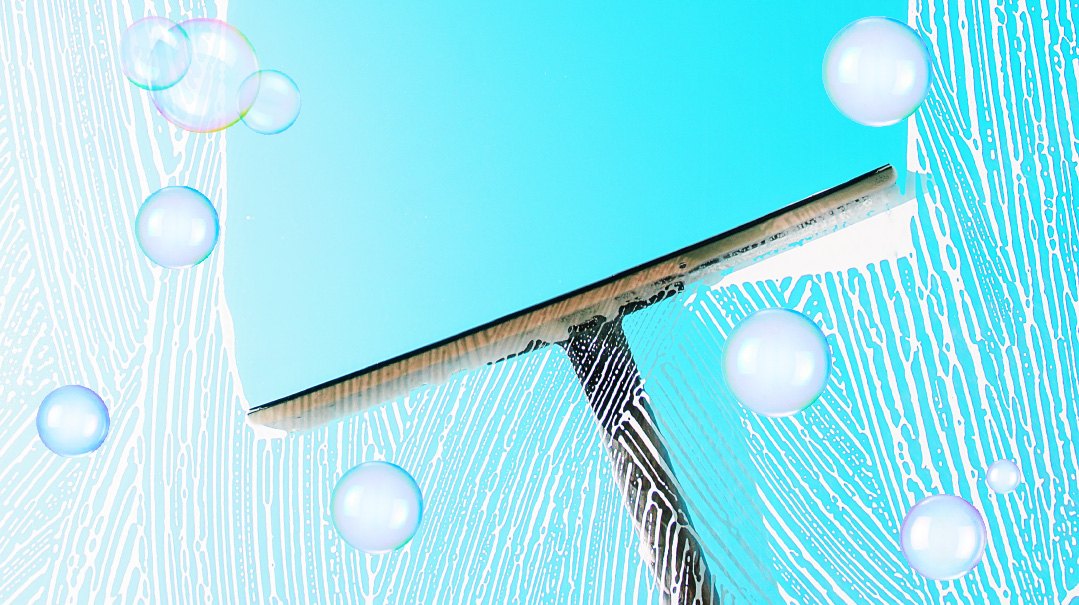Squeaky Clean

Imagine if you had these quirky cool cleaning contraptions! Well, maybe you already do?

Cleaning. Ugh! So. Not. Fun. (Unless you’re one of those who finds cleaning and organizing to be relaxing, and if so — good for you! And when can you come over?)
Like it or not, cleaning is part of life… and especially at this time of year, right before Pesach, it’s inescapable. But there are ways to make it at least a little better (see sidebar for ideas!).
People are always trying to come up with more efficient, better, faster, and more fun ways of cleaning (and we thank them for it). Some of those ideas have resulted in unusual and weird inventions. Imagine if you had these quirky cool cleaning contraptions! Well, maybe you already do?
The Baby Mop
Have you ever noticed how dirty a crawling baby’s knees can get? And if that baby is still doing an army-style belly creep across the floor, that dirt can cover the baby’s entire front! Well, lots of other people noticed that, too. And they decided to capitalize on that baby crawling power.
Enter the Baby Mop, an outfit with mop-like stubby fabric pieces that help crawling babies clean and polish the floor as they scooch around the house. (Uh, what happens if they’re munching cookies and other chometz while they crawl? Don’t think about it.)
The Baby Mop wasn’t invented by any particular inventor that we know of, though it seems to have been inspired by a spoof of a Japanese invention. The idea is that if a baby is crawling all over the house, parents can make the most of it. Most people take the Baby Mop as a joke. But maybe if we get those babies participating in the cleaning from a young age, they can already establish a strong work ethic and make a serious and useful contribution to family life. What do you say?
Baby Mops retail at a variety of prices, averaging $30-$40, and come in numerous colors. Move over, Roomba!
Self-Cleaning Toilets
Cleaning the toilet is one of the worst jobs ever. Agree?
But, thankfully, self-cleaning toilets exist! Hello button-push cleaning!
These recent inventions clean and disinfect themselves after each use, which means that people need to clean them way less frequently. Some contain cartridges or tablets that release a cleaning solution after each flush. Others are even more high-tech and use sensors to measure and dispense cleaning agents according to need. And the most techy of these use UV light to kill germs. How cool is that?
Unlike the Baby Mop, these are no joke and are even being produced by household brands like Kohler and American Standard. Self-cleaning toilets are especially popular in Japan and other parts of Asia, though they are becoming more common in America, too, especially in public restrooms that get a lot of traffic. Of course, they still require some cleaning from time to time, but maybe one day in the future, toilets will be entirely self-cleaning. You never know! A top-of-the-line self-cleaning toilet from Kohler retails for a jaw-dropping $5,500, compared to around $200-$500 for a regular one. But don’t despair, there are less expensive options with some self-cleaning technology that start at about $560.
Oops! We could not locate your form.






